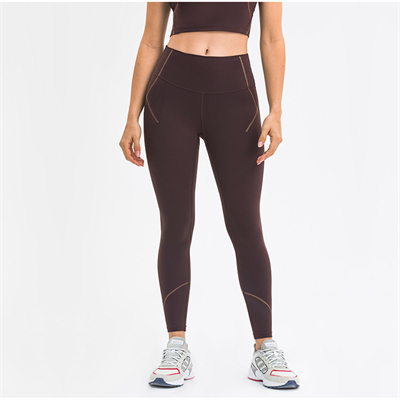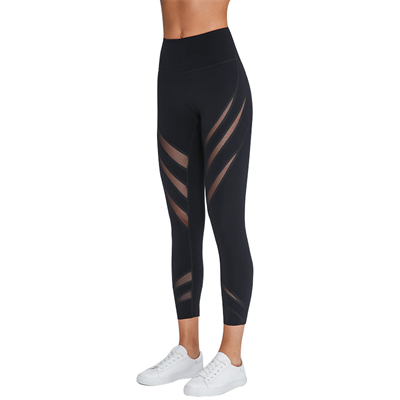The future of boardshort fashion is likely to see a blend of innovation, sustainability, technology, and style. Here are some trends and possibilities for the future of boardshort fashion:
- Sustainable Materials: As environmental consciousness continues to grow, the use of sustainable and eco-friendly materials in boardshort production is expected to increase. This may include the use of recycled plastics, organic fabrics, and more sustainable dyeing and manufacturing processes.
- Performance Fabrics: Advancements in fabric technology will lead to boardshorts that are even more comfortable, lightweight, and quick-drying. We can expect materials with improved moisture-wicking properties, better stretch, and increased durability.
- Smart and Tech-Integrated Boardshorts: The integration of technology into boardshorts is a possibility. This might include built-in UV sensors, hydration trackers, or even smart fabric that provides feedback on body temperature and hydration levels.
- Customization: With advances in 3D printing and customization technology, it may become easier for individuals to design and personalize their own boardshorts, choosing everything from fabric patterns to pocket placement.
- Fashion Meets Function: Future boardshorts are likely to combine functional design with high-fashion elements. This could lead to more versatile styles that transition seamlessly from the beach to everyday wear.
- Artistic Collaborations: Collaborations between fashion designers and artists could result in limited-edition, art-inspired boardshort collections that bring a new level of creativity to the market.
- Sustainability Practices: Brands may increasingly adopt circular fashion practices, encouraging customers to return old boardshorts for recycling or refurbishing. This approach helps reduce waste and promotes a more sustainable industry.
- Virtual Try-On and Augmented Reality: Virtual try-on technology can allow customers to see how boardshorts fit and look on them without physically trying them on. Augmented reality can enable a more immersive online shopping experience.
- Inclusivity: The industry may place a stronger emphasis on size inclusivity and gender-neutral designs, ensuring that boardshorts are accessible and appealing to a broader range of consumers.
- Local Production: With a focus on reducing the carbon footprint, some brands may shift towards local production, where boardshorts are manufactured closer to their point of sale, reducing shipping and transportation emissions.
- Transparency and Ethical Practices: Consumers are increasingly demanding transparency in fashion supply chains. Brands may respond by adopting ethical and transparent practices in the production of boardshorts, ensuring fair wages and safe working conditions.
- Digital Fashion: The rise of digital fashion and virtual fashion shows could impact how boardshorts are marketed and showcased. Digital clothing may become a way for consumers to express their style in virtual spaces.
- Sustainable Dyeing and Printing: Innovations in sustainable dyeing and printing methods can reduce water usage and chemical waste in the production of boardshorts.
The future of boardshort fashion is likely to be shaped by a combination of consumer demands for sustainability, comfort, style, and functionality, as well as advancements in technology and manufacturing processes. These trends will not only influence the design of boardshorts but also the way they are produced, marketed, and experienced by consumers.
























